Farmers in Rwanda have been obtaining better incomes by selling high-quality maize through their local cooperatives
Community Agribusiness Partners (CAP) had the pleasure of sitting down with Semakura Cyprien, President of CODPCUM Cooperative, to learn about the cooperatives’ journey from being passive price-takers to becoming active market-players and becoming member-owners of East Umuhinzi Company (EUC), a business comprised of farmer cooperatives across the Eastern Province. This initiative was made possible through a collaborative partnership between Africa Improved Food, the East African Grain Council, the Government of Rwanda, the Clinton Development Initiative, and 56 farmer cooperatives.
Cyprien Semakura, President of CODPCUM Cooperative
For years, we farmers in the Eastern Province received low maize prices due to the poor quality of the maize we grew that barely covered our production costs. We were unaware it was contaminated with aflatoxin, a fungal toxin that can make maize unsafe to eat, or feed to livestock, and restricted our maize sales into many markets. Cooperative leaders and members share their experiences highlighting the consistent profit gains achieved by adopting best post-harvest practices and accessing new markets.
In 2018, our cooperative members learned more about these best practices in maize harvesting, drying, storage, and packaging and were able to produce grade one quality maize, free of aflatoxin. Considering the quality, off-takers were happy to pay more than the prevailing market maize prices.
As a result, the average income per farmer has significantly increased from 50,000 FRW (approximately $50) in season A, 2020 to 150,000 FRW (approximately $150) in 2023. The 200% increase in income was attributed to receiving premium prices from buyers and processors directly using the strong bargaining power that EUC has supplying superior quality consistently, in quantity.
The success of the cooperatives in boosting income was not solely from learning new practices but also to collective selling and creating business partnerships between farmers and business partners bringing positive changes through mutual benefits. Cooperative members focused on consistently producing high-quality, grade 1 maize to meet the growing demands. Cooperative leaders focused on communicating the importance of quality assurance, aggregating large quantities, and negotiating sales contracts to its members. Additionally, the coop warehouses and drying shelters allowed member-owners to properly dry and store maize, maintaining its quality that commanded the premium prices.
Price negotiating by the cooperatives marketing committees ensured farmers receive the best possible price, resulting in revenues higher than would have obtained though sales to low-grade, traditional markets offering government floor prices. In 2022 farmers received 23.8% more and in 2023 they received 39.3% more money for the sales of their high-quality maize. The three primary market off-takers of grade 1 maize included African Improved Food, East African Grain Council, and PRODEV.
After learning and implementing what we had learned consistently our income increased significantly. The coop built an office, expanded its landholding, and paid salaries to three permanent workers to support business growth and development.
Ndayisenga Leandre from CODPCUM cooperative explained that cooperatives play a central role in aggregating maize production, and negotiating higher prices with different buyers to ensure that farmers receive the highest price. "Each farmer knows the investment made to harvest one kilogram of maize, simplifying the work for the market committee to set the price floor and negotiating for higher prices."
To prepare for the selling season, cooperatives create a list of all farmers cultivating maize during the production period. This list helps estimate expected production, forming the basis for negotiating sales contracts. The marketing committee meets different buyers before harvesting and presenting contracts to the coop general assembly to decide which buyer to partner with based on the prices offered.
"Aggregation and collective selling have benefited all coop member-owners. I was able to build a house valued at 10,000,000 RWF, and my income came from selling maize through the cooperative," said Nzeyimana Jean Bosco, a member of CODPCUM.
Bonifride Nyirabaganwa from COACMU cooperative shared “by selling maize through my cooperative, I was able to buy a cow and diversify my income through milk selling. My child was able to continue his studies at the university because I was able to pay the university fees for him from the milk sales."
Members of farming cooperatives across the Eastern Province are satisfied with their increases in income derived from collective learning, self-help, and building partnerships facilitated by CAP that are positively changing their communities as partners learn the benefits of working within farmer cooperative. The power of groups in agribusiness is clear, and we are excited about continuing to scale our businesses with more partners.

